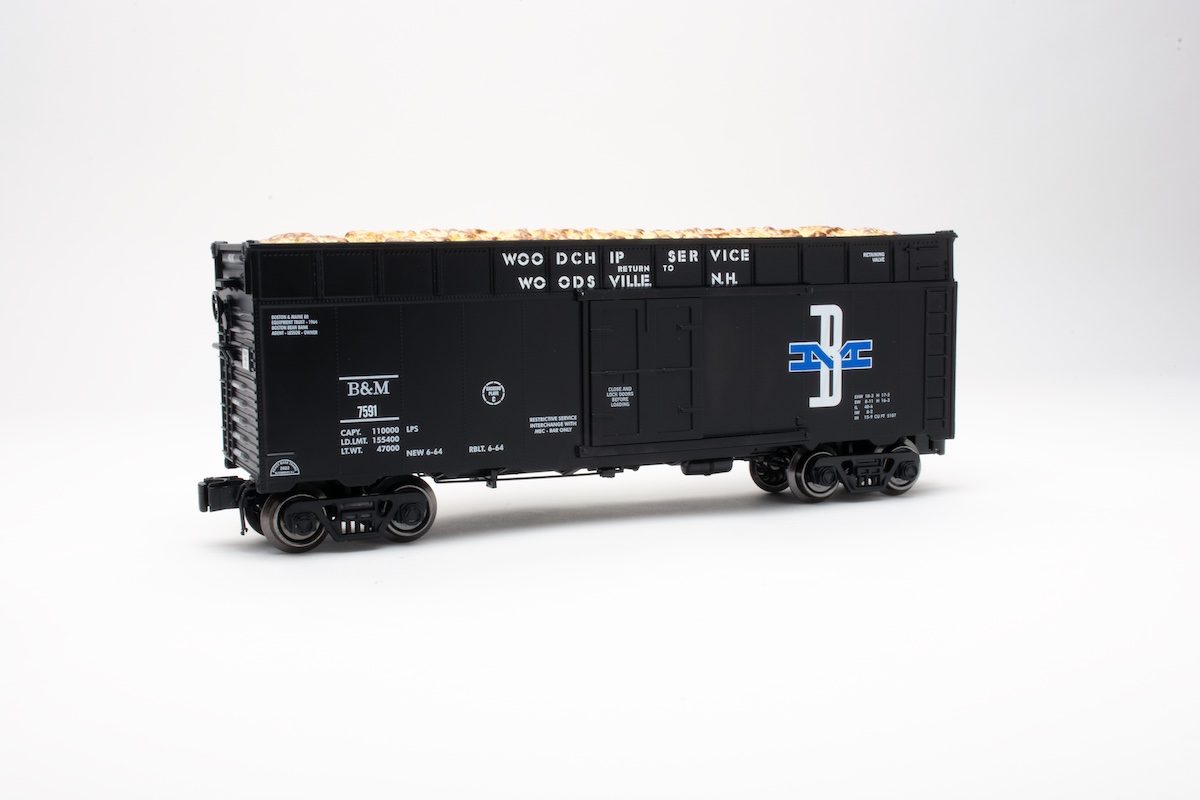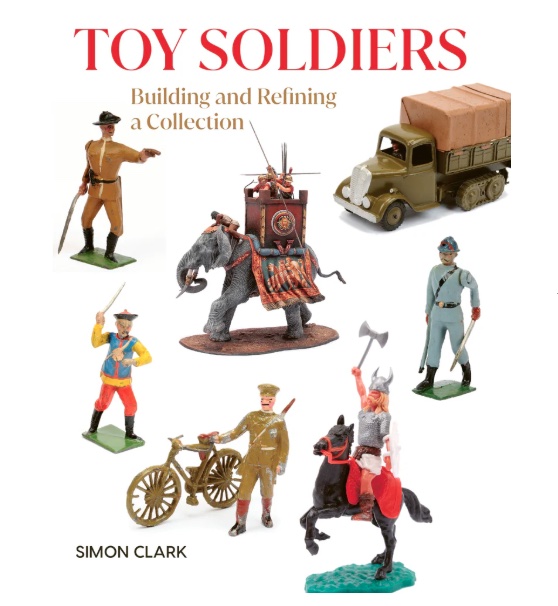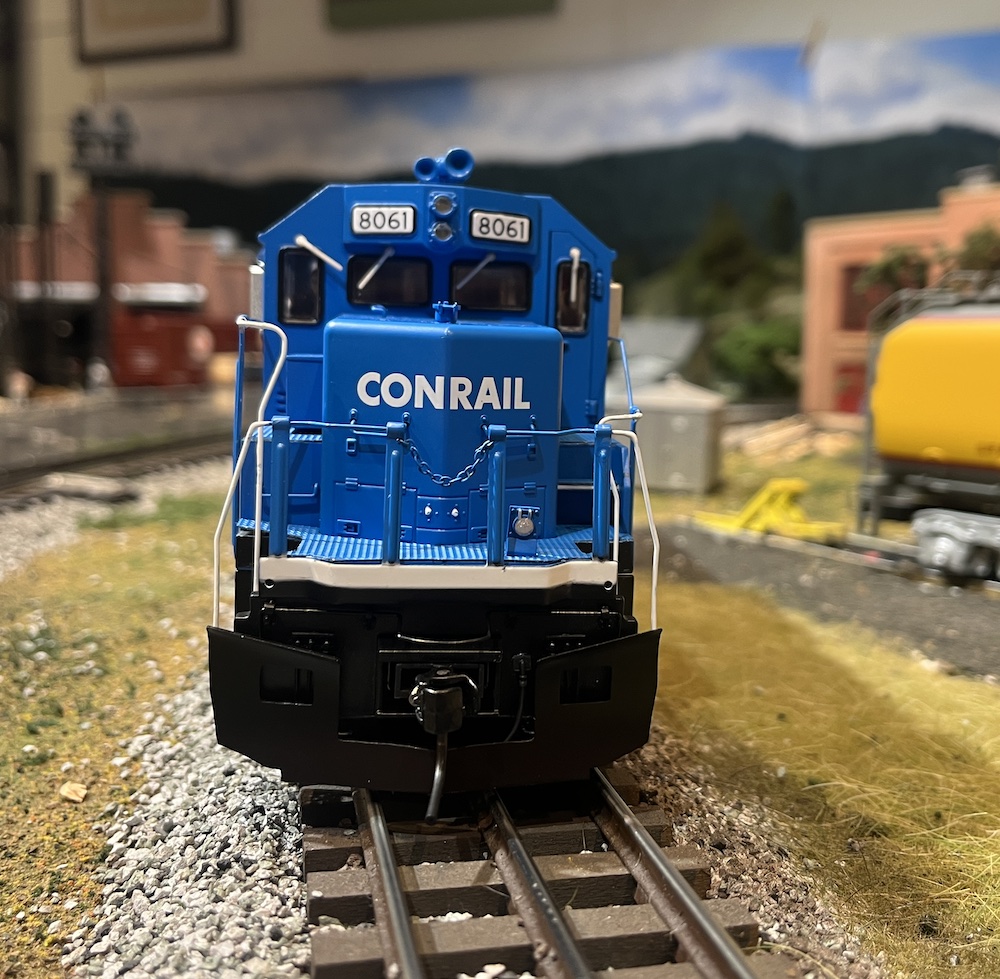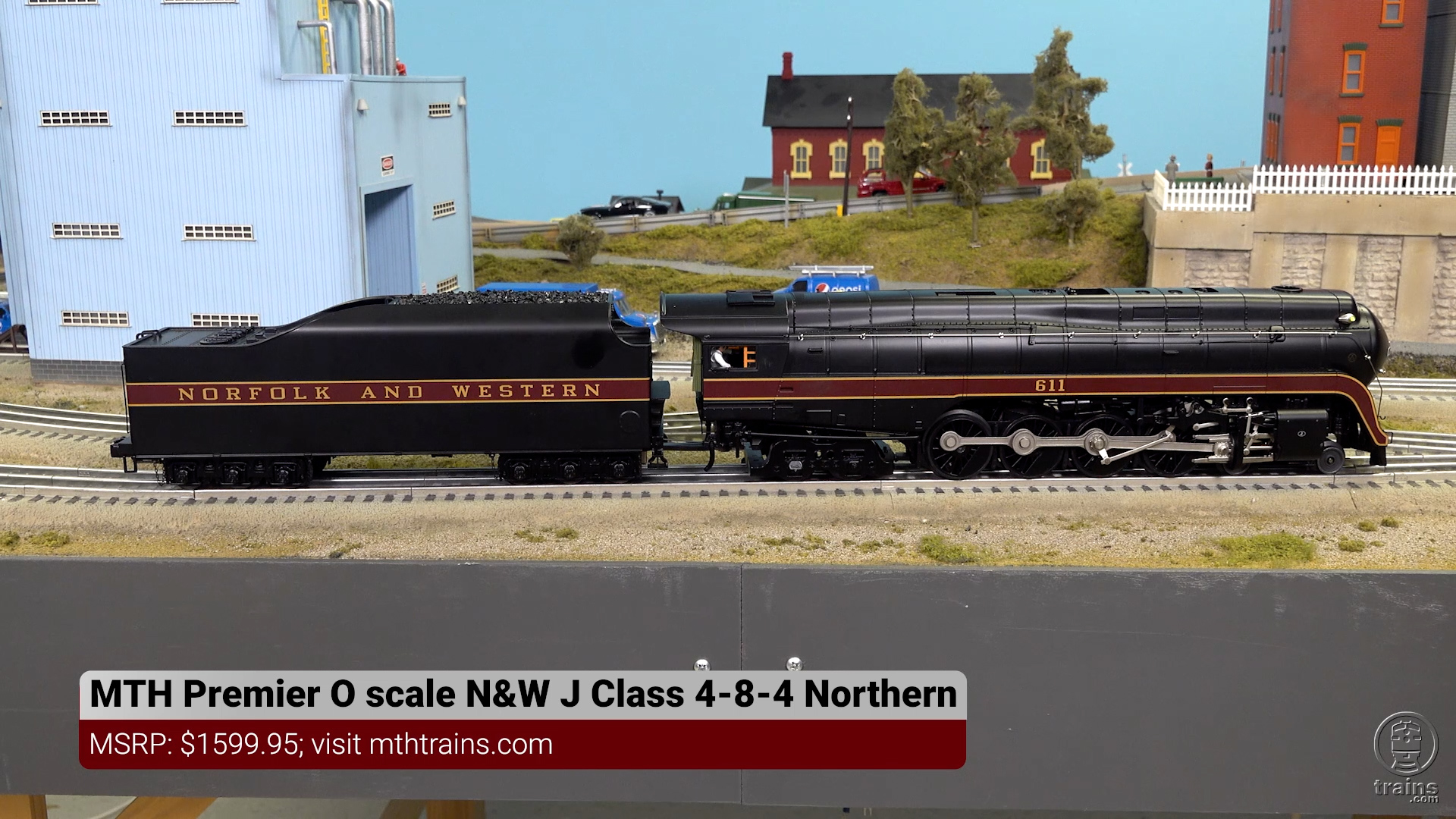In 1952, the Union Pacific received the first of 10 4,500-horsepower turbine locomotives from GE. Pleased with the turbines, the railroad ordered 25 more, but with design changes. These alterations to the body, such as road switcher-style walkways along the sides of the engine housing and improved roof-mounted air intakes, created the distinctive-looking locomotive we know as the Veranda Turbine.
Although gas guzzlers, the demise of the turbines was caused not by a design flaw, but the gradual increase in diesel horsepower from units such as GE’s 5,000-horsepower U50C, Alco’s 5,500-horsepower C-855, and EMD’s 5,000-horsepower DD35A and 6,600-horsepower DDA40X.
The prototype for Lionel’s model, no. 73, was built in September 1954, retired in December 1963, and ultimately, along with the rest of the turbine fleet, scrapped.
The model
The heavy die-cast metal shell makes this locomotive a two-fisted model: You’ll need two hands to move it even without its tender.
Since the prototype Verandas were thirsty engines, the railroad added oil tenders. They were operated with or without their tenders, depending on the train and destination.
The turbine unit alone coupler to coupler is 86 scale feet long (211/2 inches) compared to the prototype’s 83 feet, 81/2 inches, coupler to coupler. The whole rig, including the tender and measuring all four couplers, is 130 scale feet long (321/2 inches).
I like the idea of a die-cast metal shell and give Lionel high marks for trying it. But after examining the locomotive, I’d say plastic might have been the better choice for a highly detailed scale model. It probably would have held costs down a bit, too.
The cast-in lines to delineate details such as doors, hinges, latches, vents, and louvers are pretty deep. In a few instances, small air slots in various doors seem to be about the width of an O scale figure’s fist – surely larger than the prototype.
Notable features include a cab with two painted crew figures and a simulated control panel. Also, there are two access ladders on either side of the shell and an attractive rear deck, with a safety chain and free-standing brake wheel.
Up front the locomotive features a flashing strobe light, headlight, and green running lights.
Painting and decoration on the turbine are superb. Considering the amount of fine-line application (red lines separating the gray and yellow, and black separating the red letters from the yellow body), Lionel did a great job. Worth noting are the many bits nomenclature (like “aux lift pad”) scattered around the body. All are crisp and readable. The jewel in the crown, though, is the winged shield on the nose. It doesn’t get better than that!
On the test track
To my surprise, only two flywheel-equipped can motors power the locomotive. Considering the price, I expected four motors, one per truck. With the engine weighing in at 17 pounds and equipped with only two motors, I was prepared for sub-par test track results. I was wrong.
In conventional mode, the low-speed average for the Veranda was timed at 20.7 scale mph and the high-speed average was 111.1 scale mph. In command mode, with the Odyssey speed control system engaged, we clocked the locomotive’s low speed at just 3.5 scale mph. Running at 18 volts in conventional mode with our 25-car test train in tow, we timed the Veranda at a slick 64.1 scale mph.
Drawbar pull for this massive hunk of metal was 3 pounds, 6 ounces, equal to roughly 162 free-rolling freight cars. It’s among the best pullers in our 15 years of locomotive reviews.
Despite four hefty trucks to keep on the rails, the turbine rode well. Minimum curve size for the Veranda is O-72. There are a few spots on my layout where the track was intentionally laid poorly to observe the tracking performance of locomotives we review. Watching the turbine’s four silver trucks beneath its frame tackle this section of track was a work of art. The locomotive barely seemed to notice as the wheel sets sank and rose along with the rails. Pretty slick.
The Veranda’s whooshing RailSounds system is okay – but like a GG1 electric, a turbine just isn’t as good a platform as a steam or diesel locomotive for provocative sounds.
Lionel has added an Odyssey on/off switch to the frame of the turbine. Previous Odyssey-equipped locomotives that we’ve tested lacked such a switch, and the speed control could be turned on and off only through throttle and control inputs.
While I never had too much trouble setting a cruising speed on those Odyssey locomotives, clearing the fixed speed setting could be frustrating. Adding a physical switch is welcomed.
In TrainMaster Command Control mode, all features of the turbine worked as expected. The tender is not hard-wired to the locomotive, so in command mode activating the tender’s backup light is treated as a separate command.
As the largest non-steam die-cast metal locomotive Lionel has ever made, the Veranda Turbine has a place in toy train history. If you have O-72 or wider curves and happily subscribe to the more-is-better philosophy, check out the Veranda!















I've ran mine somewhat and find it very impressive. At the large layout at my TTOS club we really were impressed with the look and operation of this locomotive.